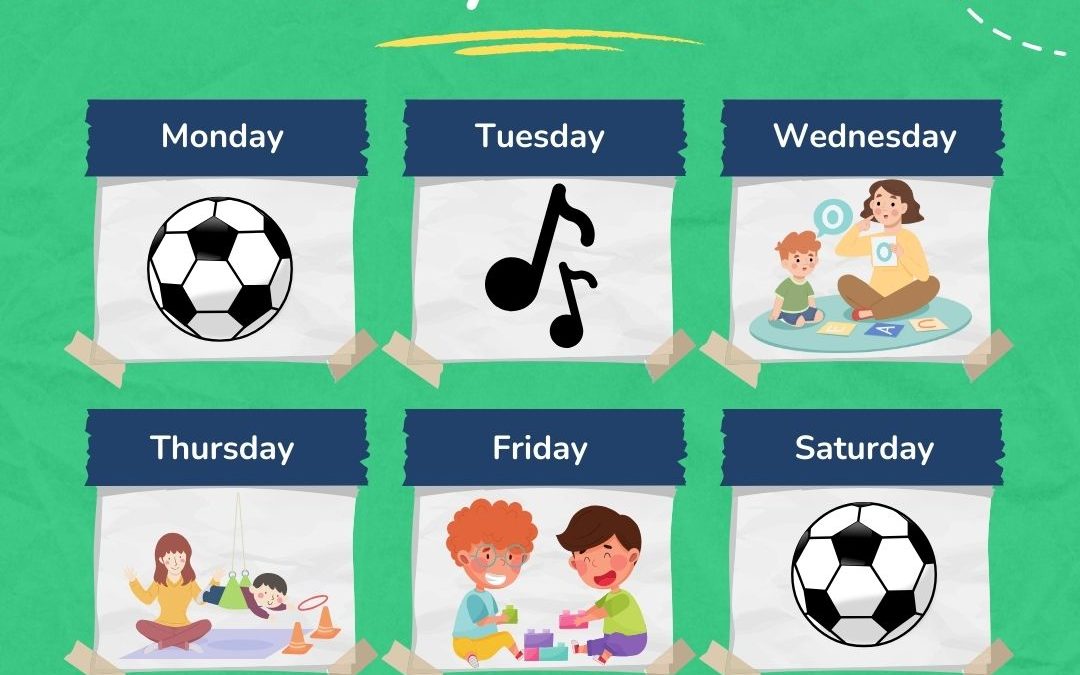Transitions are difficult for all of us. Suddenly switching gears, stopping what you’re doing no matter how invested you are, embarking on a new journey…for many people, changes in the day are not always welcome.
For children with unique needs, such as those with anxiety, autism, sensory sensitivities, or ADHD, transitions can be particularly challenging. This is especially true when these transitions are unexpected, unpredictable, confusing, or unknown.
What Are Transitions?
In a child’s day, there are many transitions, very few of which are self-directed. There are a wide variety of activities during a school day, different subjects, and often different stations or centers within that subject. There is the walk to lunchtime or the switch to outdoors, then back to indoors. There are before and after-school transitions, transitioning from play time to dinner time, and transitioning from screen time to turning off screen time.
Many unique learners especially struggle with transitioning when they are unsure of the expectations or what comes next. This is why visual cues are so effective in improving transition times.
Visual Schedules
Visual schedules provide a clear and predictable visual representation of the day’s activities. They can be tailored to a child’s specific needs, incorporating pictures, symbols, or written text depending on their comprehension level and communication abilities. They can be interactive as well, by including the use of velcro or dry erase markers.
For example, if your child struggles with bedtime, a visual schedule of what’s expected can help at any age, far past toddlerhood. By following the schedule, the child gains more control and independence, and is able to anticipate what comes next, reducing anxiety and meltdowns associated with unexpected transitions.
Timers and Countdowns
When transitioning from one task to another, especially from a preferred task to a non-preferred task, a countdown timer with clear visual cues can make it more manageable. Many timers have changing colors you can set or shrinking shapes to give the child a visual reminder they need to wrap up.
For instance, a visual timer can be set to indicate that there are five more minutes left for a preferred activity. This allows the child to mentally prepare and transition with less resistance.
Social Stories
If you are unfamiliar with social stories, they are personalized narratives that explain specific situations or events using simple language and visuals. These stories are often created to address individual concerns, and can be tailored to various daily transitions.
If your child is struggling with the transition from play time to homework, for example, you could create a social story that includes pictures of your backyard, a timer, and the place the child does homework. The story should explain why this transition is necessary, what they can expect, and ideas to cope with any challenges.
Using visuals like these to facilitate transitions is a powerful strategy that can help create a more supportive environment for your child. By implementing these, you are empowering your child to navigate their daily life a little more independently and confidently.
If you would like more information on visuals and how we utilize them during transition times in our classrooms, reach out here.
Resources:
https://www.educationworld.com/teachers/using-social-stories-beneficial-all-students
https://childmind.org/article/how-can-we-help-kids-with-transitions/
https://red.mnstate.edu/cgi/viewcontent.cgi?article=1135&context=thesis



